Best
STABLE STYLE
FINE TUNER
- Black, Wide Precision Tuning for Violin
-
Overall: 7/10
-
Best Feature: Makes tuning your strings easy
by making fine adjustments -
TedScore™: 7/10
Best
OVERALL FINE
TUNER
-
Overall: 8/10
-
Best Feature: Hill-style fine tuners for 4/4- and 3/4-size violins and violas
-
TedScore™: 8/10
Best
HILL STYLE
FINE TUNER
-
Overall: XXX
-
Best Feature: Makes tuning your strings easy by making fine adjustments
-
TedScore™: X/10
If you’re wondering what fine tuners for violin are, they are those nifty little devices attached to the tailpiece near the bridge.
What they do is allow you to make small adjustments to your strings’ pitch easily.
Remember the frustration of a string that’s slightly off-pitch during a performance? Tuning your violin can sometimes feel like trying to solve an intricate puzzle.
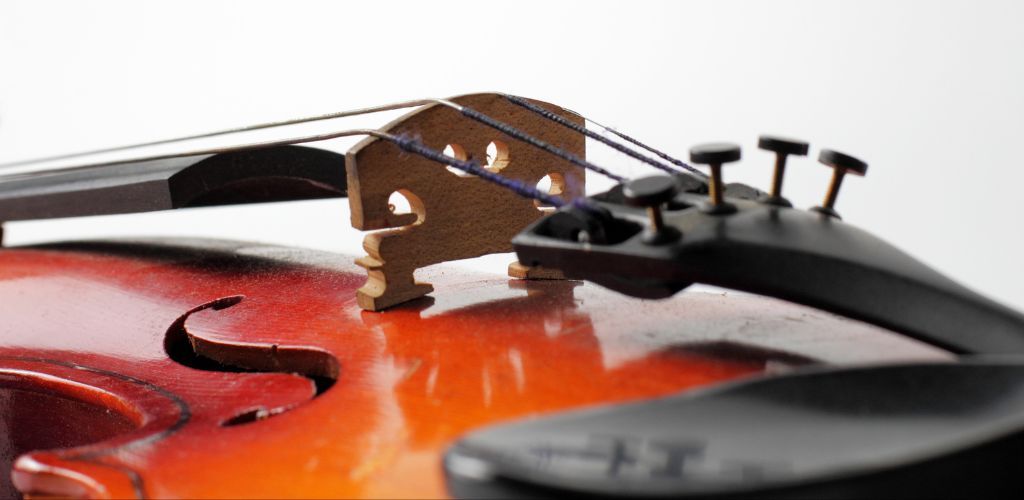
And when you try to tune it using the tuning pegs, it doesn’t quite get there.
This is exactly where the fine-tuners come to the rescue! This article talks all about this hero, so read on!
Fine tuners are your trusty sidekicks, preventing those cringeworthy moments and keeping your violin sounding stellar.
With fine tuners, you get the precision you need to ensure your instrument sounds just right!
Understanding Fine Tuners

Fine tuners (some call them fine adjusters) allow you to make small pitch adjustments to your violin strings effortlessly.
Whether you’re a seasoned professional or just starting, these small devices are crucial for maintaining the perfect sound of your instrument.
Types and Materials
Your fine tuners can be as diverse as the music you play on your violin; they come in various forms and fabrics.
Metal Fine Tuners
Due to their resilience, these sturdy and responsive fine tuners are often paired with steel strings.
Composite Materials
On the flip side, you have fine tuners crafted from composite materials—these buddies are lightweight and gentle, a good choice if you’re using gut or synthetic strings that are more delicate.
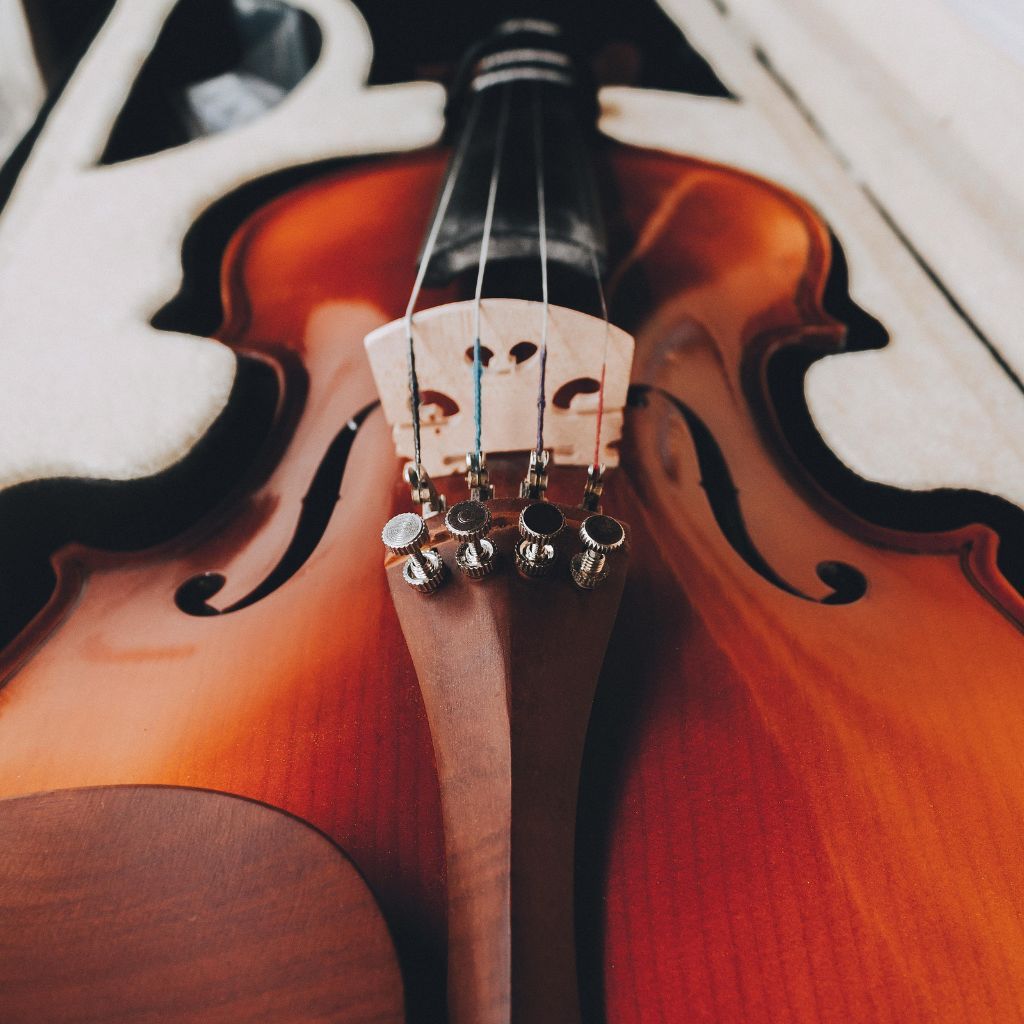
Installation Guide
So, how do you install your fine tuners?
Don’t sweat it; it’s a piece of cake!
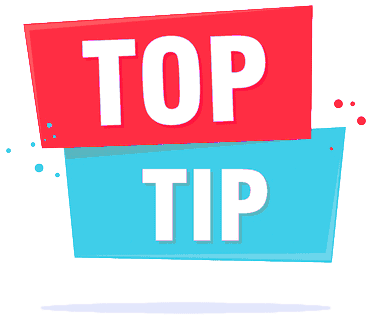
First, at the tailpiece of your violin, insert the fine tuner into the designated slot for your chosen string.
Next, ensure it’s properly secured; your new fine tuner should feel snug, not like it’s plotting an escape.
Remember, the right fine tuner on your violin can be the tiny hero that turns a good performance into a great one.
Tuning Your Violin
Before diving into the details, remember that achieving the perfect pitch combines art and precision.
Here’s how you can master both with fine tuners and tuning pegs.
Using Fine Tuners Effectively

Let’s dive into the nitty-gritty, shall we?
How do fine tuners work?
Simply put, they tweak the tension of a string using a screw mechanism.
When you turn the tuner, it pulls the string tighter for a higher pitch or loosens it for a lower pitch.
They don’t require much force, so a gentle touch is the key to tweaking those pitches without overshooting your target.
You’ll find fine tuners at the tailpiece of your violin, and they are your best buddies for minute adjustments. Think of them as the fine brushes in your tuning toolkit.
It’s a small yet significant adjustment without having to wrestle with your violin’s pegs.
For each string, rotating the tuner clockwise tightens it, raising the pitch. Conversely, turning it counterclockwise loosens the string, lowering the pitch.
And if you’re wondering what fine tuners to get, you can always try the Wittner style or the Hill style. I personally use the Wittner style because it suits my preference, and I love how it fits my violin.
Wittner Stable-style Fine Tuner for 4/4-3/4-size Violin - Black, Wide
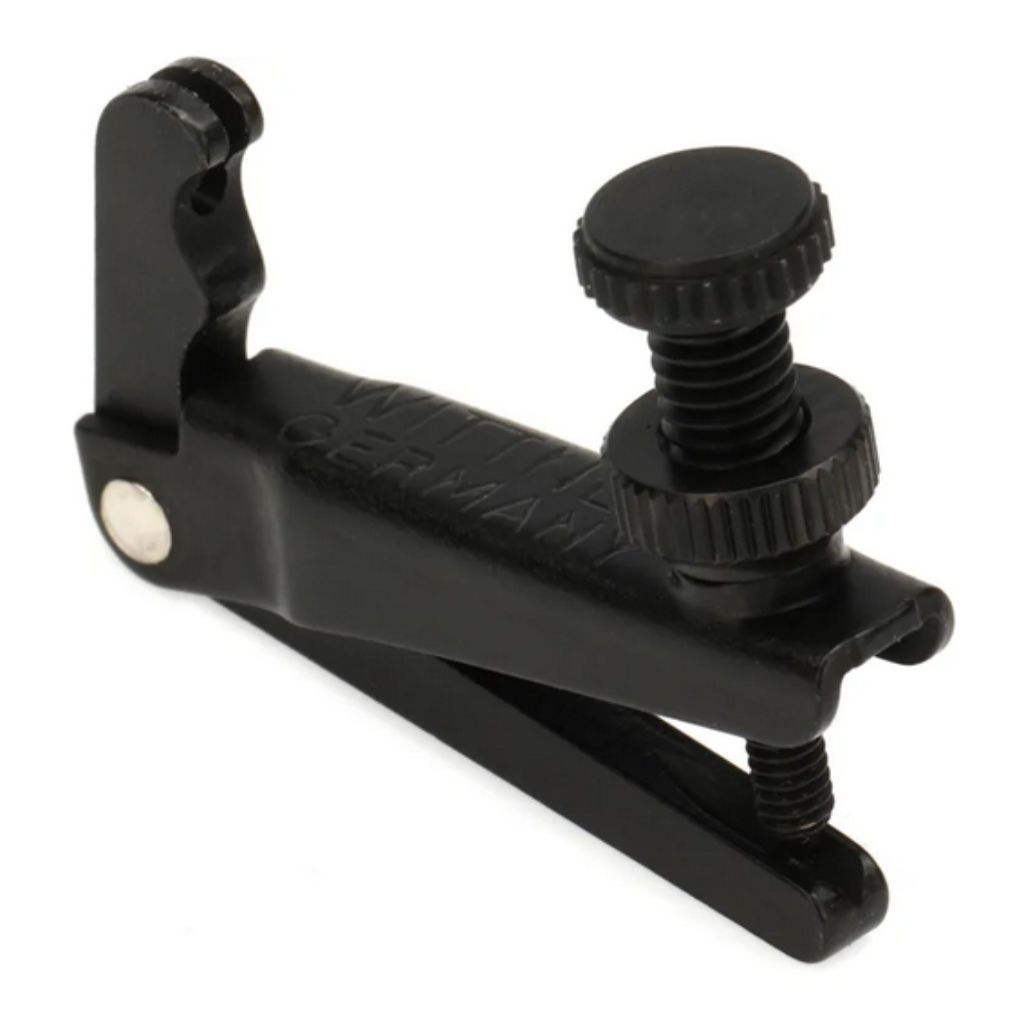
FEATURES: Stable-style fine tuners for 4/4- and 3/4-size violins and violas
OTHER INFO: Makes tuning your strings easy by making fine adjustments
- Attaches to your instrument’s tailpieces
- Two (2) prongs and wide slot for connecting gut strings
- No cons at all!
When you click ‘Check Price’, you’ll see there are loads of great places to buy this item. Our personal favorite is Sweetwater for the US, and Thomann and Gear4Music for the UK & Europe.
They are the largest music retailers, with excellent customer service, competitive prices, really fast shipping, and the longest guarantees.
The professional musician who wrote this article combined many things,
from the product build, manufacturer’s reputation through to feedback
from other users, to create our famous TedScore™.
Tuning Pegs vs. Fine Tuners
How is tuning pegs any different from fine tuners?
Now, let’s talk about the tuning pegs nestled at the top of your violin’s neck.
Tuning pegs are great for the initial heavy lifting when your strings are far from the right notes. They can feel a little tight and stiff, but don’t worry; it’s their job to handle the big changes.
But here’s where it gets interesting: pegs can be standard or geared.
Geared pegs combine the best of both worlds, with the classic look of pegs but the precision of fine tuners.
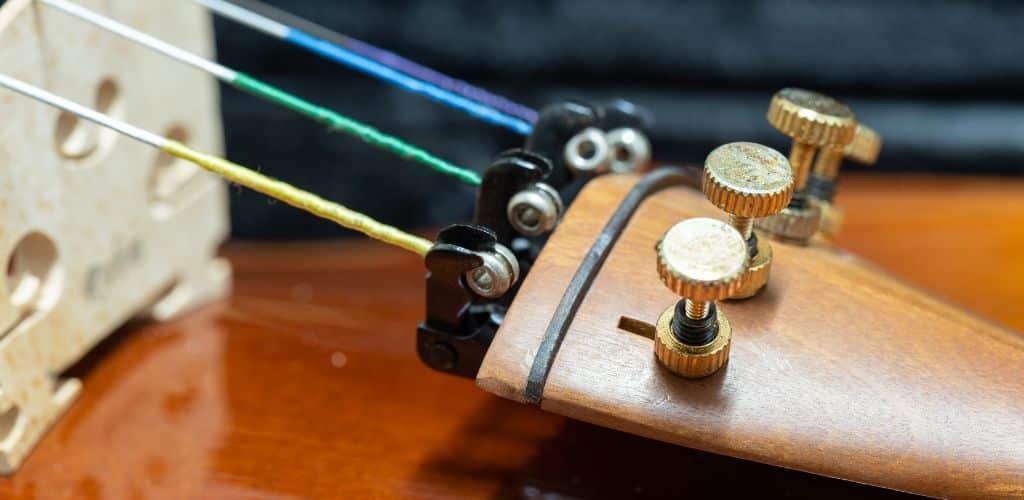
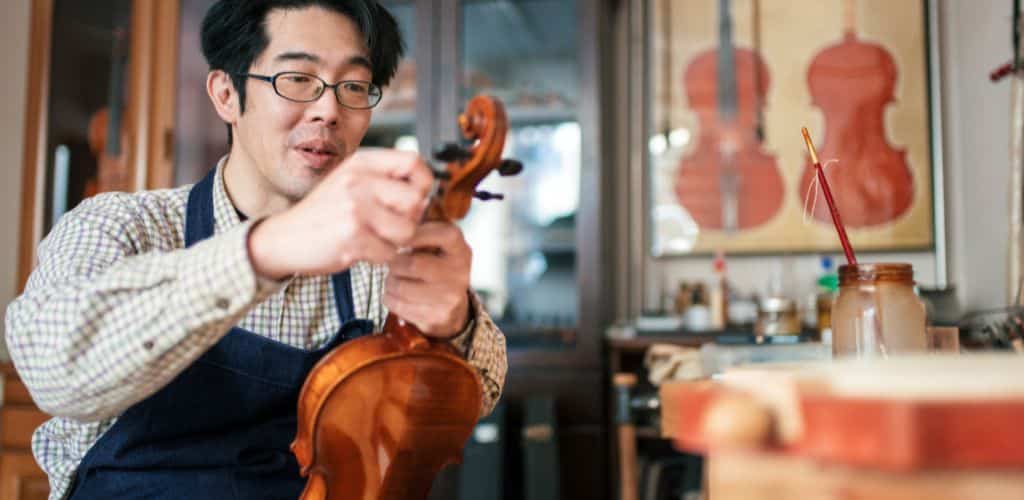
Wittner Hill-style Fine Tuner for 4/4-size and 3/4-size Violin and Viola - Black with Gold Screw

FEATURES: Hill-style fine tuners for 4/4- and 3/4-size violins and violas
OTHER INFO: Single hook for connecting loop-end strings
- Makes tuning your strings easy by making fine adjustments
- Attaches to your instrument’s tailpiece
- Black finish with gold-plated screw
- Absolutely no disadvantages!
When you click ‘Check Price’, you’ll see there are loads of great places to buy this item. Our personal favorite is Sweetwater for the US, and Thomann and Gear4Music for the UK & Europe.
They are the largest music retailers, with excellent customer service, competitive prices, really fast shipping, and the longest guarantees.
The professional musician who wrote this article combined many things,
from the product build, manufacturer’s reputation through to feedback
from other users, to create our famous TedScore™.
Violin Tailpiece and
Violin Fine Tuners

In the world of violins, the tailpiece and fine tuners you choose can have a surprisingly big impact on your instrument’s sound and playability.
Let’s take a peek at these components and their significance to your stringed companion.
Tailpiece Compatibility
Your violin’s tailpiece not only holds the strings in place but has to work in harmony with fine tuners.
Tailpieces have varying tuner capacities, and finding a match for your setup is crucial. Some are designed to accommodate built-in fine tuners, while others require attachable ones.
So before purchasing fine tuners, make sure that it is compatible with your tailpiece.
The length between the bridge and the tailpiece, known as the after-length, can affect your violin’s tone. Remember, the correct after-length is a non-negotiable for tonal goodness!
Tailpiece Impact on Sound
The tailpiece isn’t just an anchor; it’s one of the important pieces to your violin’s voice.
Materials range from plastic to exotic woods, each with its own influence on sound. For instance, a lighter wood can brighten up your violin’s tone.
Moreover, the tailpiece’s weight and shape can enhance or hinder string vibrations. Maintaining the violin’s natural resonance while managing practicality and style is a balancing act.
Built-in Fine Tuners
A tailpiece with integrated fine tuners streamlines tuning options without adding unnecessary bulk or weight.
This convenience is handy when trying to achieve that perfect pitch with minimal hassle. These built-in tuners change the string angle and tension, fine-tuning your sound precisely.
Choosing the
Right Fine Tuners
Selecting the optimal fine tuner can enhance your violin’s playability and sound. It’s a small but crucial step on your musical journey.
For Beginners and Student Instruments
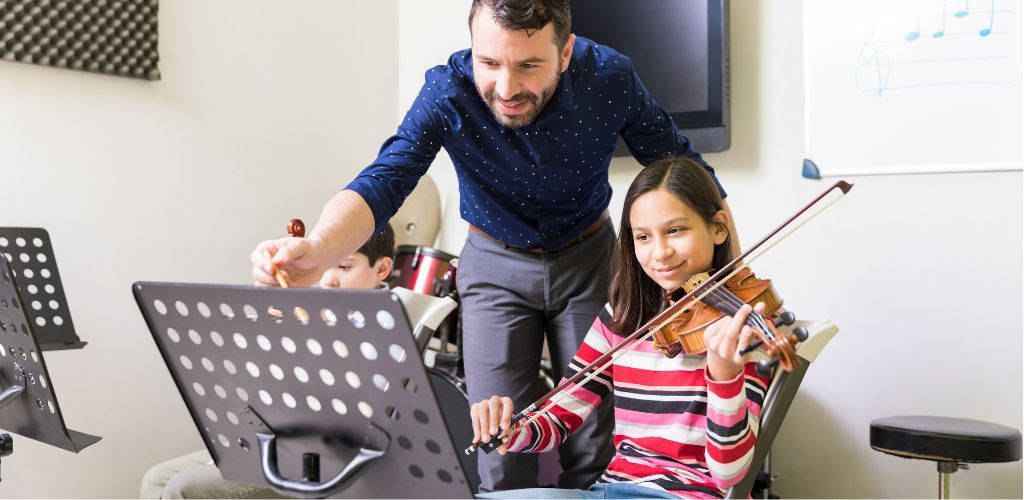
When you’re just starting out or have a student-level violin, the type of fine tuner you choose can make a difference.
Easier tuning means you spend more time playing and less time fidgeting. Look for fine-tuners that are lightweight and easy to manipulate, as these will contribute to a smoother learning experience.
Heavy fine tuners can affect the resonance and balance of your instrument, so sticking to lighter models is a wise choice for your violin.
Cost and Quality Considerations

While keeping an eye on the price, remember that quality shouldn’t be compromised.
Fine tuners come in a range of prices, and the phrase “you get what you pay for” often rings true.
Opt for the best quality within your budget to avoid constantly replacing cheaper, less durable tuners.
Quality fine tuners can also positively influence the sound quality of your violin, so see it as an investment in your instrument’s performance.
Wittner Hill-style Fine Tuner for 4/4-size and 3/4-size Violin and Viola - Nickel-plated

FEATURES: Hill-style fine tuners for 4/4- and 3/4-size violins and violas
OTHER INFO: Makes tuning your strings easy by making fine adjustments
- Has a single hook for connecting the loop end string
- Nickel-plated finish
- None!
When you click ‘Check Price’, you’ll see there are loads of great places to buy this item. Our personal favorite is Sweetwater for the US, and Thomann and Gear4Music for the UK & Europe.
They are the largest music retailers, with excellent customer service, competitive prices, really fast shipping, and the longest guarantees.
The professional musician who wrote this article combined many things,
from the product build, manufacturer’s reputation through to feedback
from other users, to create our famous TedScore™.
Troubleshooting
Common Issues
When your violin isn’t sounding quite right, finding the cause and fixing the issue quickly is important.
Let’s get your instrument back to making beautiful music without any hiccups.
Dealing with String Breakage

If your steel E strings have given up the ghost and snapped, don’t fret!
Make sure you always have spare strings on hand. When replacing the string, carefully thread it through the fine tuner to prevent any loose kinks, which can lead to premature breakage.
With new strings, it’s crucial to gently stretch them and allow them to settle. This helps maintain the optimal sound and lowers the chance of another snap during your most passionate playing moments.
Eliminating Buzzing Sounds
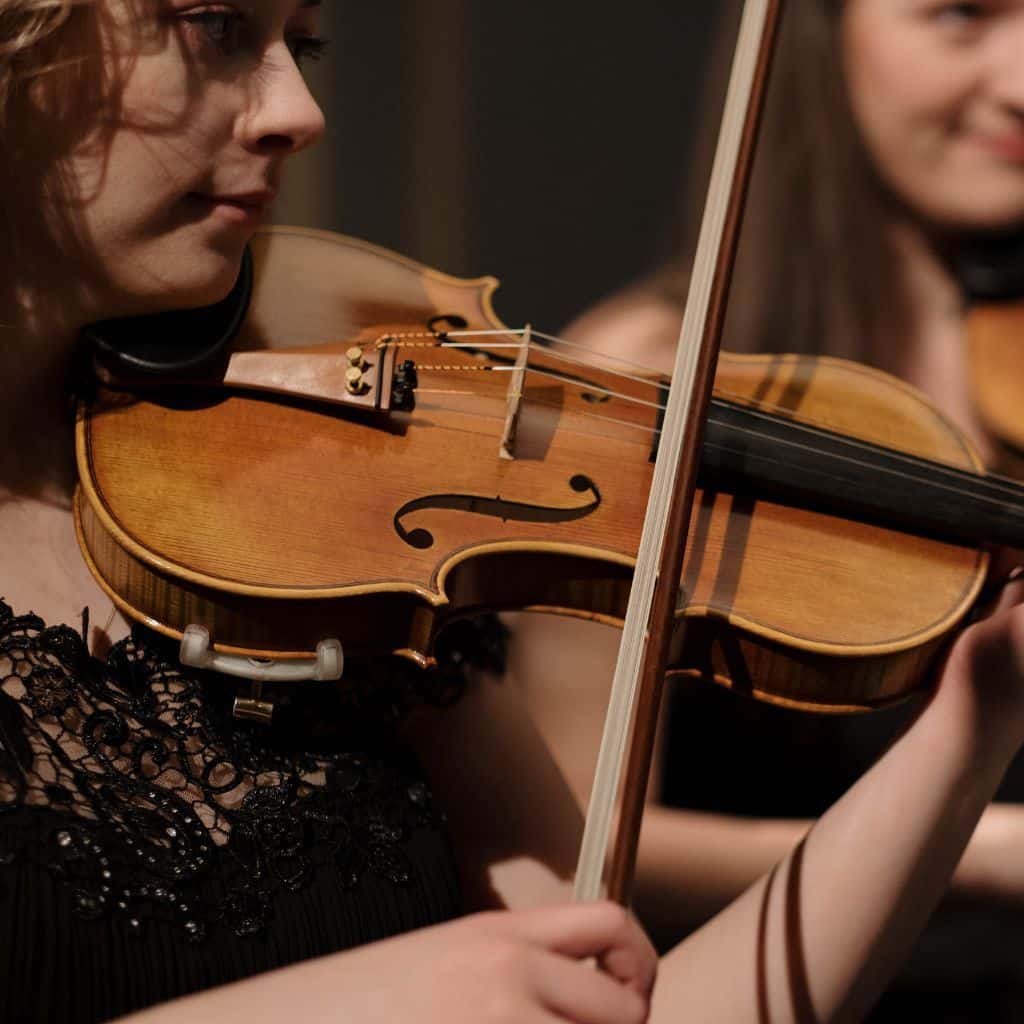
First, check if the fine tuner is screwed too tightly; a little loosening might be all you need.
Confirm that each fine tuner’s arm is not touching the top plate of the violin, as this contact can cause an unwanted buzz.
A bit of padding where the string connects with the fine tuner can dampen any excess vibrations.
Remember, you’re after a clear, clean sound—no extra buzzes allowed!
If you notice the problem persists, consult a luthier to ensure no more serious issue is at play.
Read the beginners’ guide to learning the violin for additional information.
Fine Tuners for Violin:
The Recap!
You’ve decided to step up your violin game, and it’s clear that fine-tuners are your trusted companions. Precision is key, and these small devices make these precisions happen.
Your violin can be finicky with climate changes, but fine tuners keep pitch-perfect harmony within reach. They attach right to the tailpiece for ease.

Traditional: Fits best with loop-end strings.
Built-in: Often found on student violins for easier tuning.
Loosen the string.
Attach the fine tuner.
Retighten and tune.
Remember, not all fine tuners are created equal. Material and design can influence your violin’s response and tone.
Materials:
Metal: Durable and offers a crisp sound.
Composite: Lightweight and can mellow the tone.
Matching fine tuners to your violin’s needs can elevate your playing experience. Experiment to find your perfect match.
Pro tip: Keep fine-tuners clean and occasionally check for wear. A well-maintained best fine tuner ever is like a loyal friend – always there and reliable.
Don’t settle for a small distance in your journey to becoming a violinist. And don’t let an out-of-tune string stop you from it. Happy tuning!
Wait! I have another one in store for you…
Knowing every part of your violin is very important. And one of the most important parts of the violin is the strings! Read the next article to know all about the stretchy strings that your violin needs.
FAQ's
Professional violinists often use fine tuners on the tailpiece for the E string to make precise adjustments to their tuning. However, the other strings (G, D, and A), typically rely on the pegs for tuning, as they prefer the cleaner look and sound without fine tuners.
The presence of fine tuners on a violin does not significantly impact its sound quality, although some purists believe that minimizing added hardware can slightly improve resonance and clarity. Most of the sound quality comes from the violin’s construction, the strings used, and the skill and ability of the player.
The number of fine tuners on a violin can vary based on player preference and skill level; beginners often use four fine tuners for easier tuning, while advanced players might use just one fine tuner for the E string to facilitate finer adjustments. Ultimately, the choice depends on your comfort with tuning and the response of your particular instrument.
Violin fine tuners are small screws attached to the tailpiece of a stringed instrument that allows for precise tuning adjustments, typically used for making small changes in pitch. Pegs are fitted into the instrument’s scroll and are used for more significant tuning adjustments by increasing or decreasing the tension of the strings.






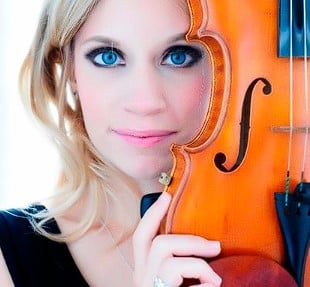







hey, was reading through your piece about fine tuners, Robert Emery, and got stuck on the bit about tailpiece impact on sound. i’ve heard some say that the type of tailpiece can really change the sound of a violin, but others seem to think it’s not that big of a deal. what’s your take? does the material of the tailpiece matter more than we think?
LizzyQ, from what I’ve gathered, material does make a difference, especially for those seeking a specific quality of sound. But it’s also about the combo of strings, tailpiece, and even the bow used.